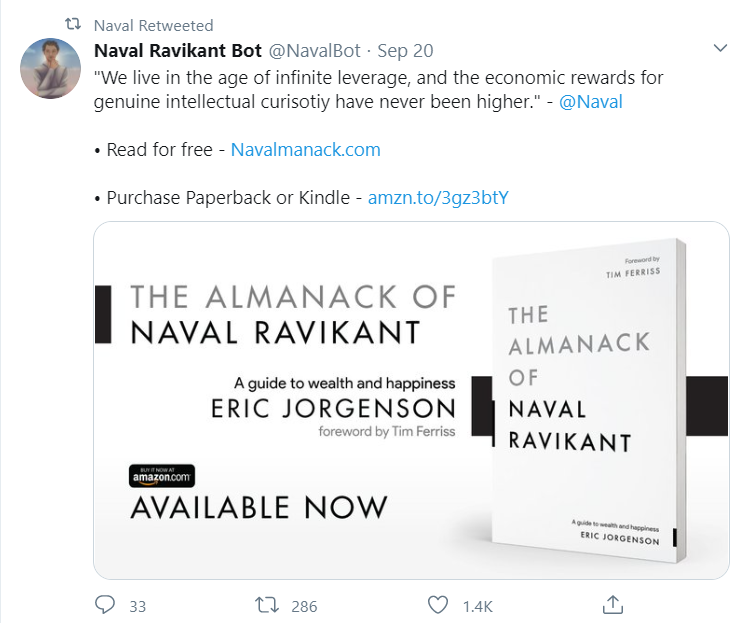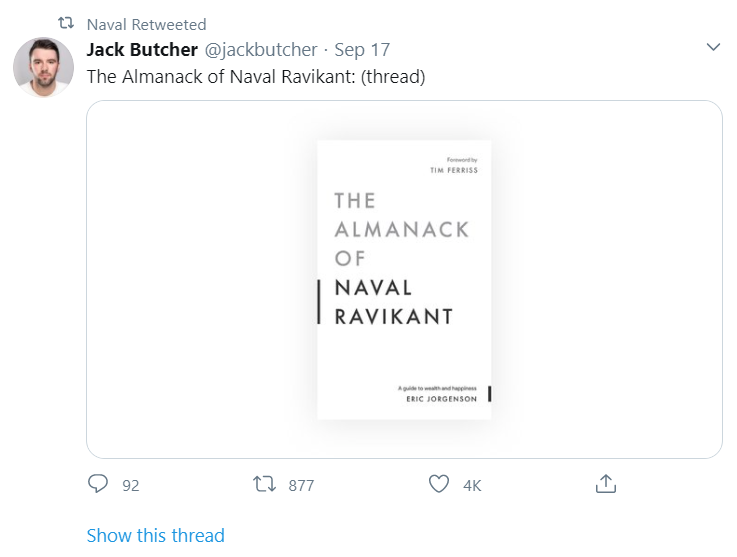Media Minimalism: Big Twitter and the Small Data Revolution

Our mediascape has a value problem. “The methods of social science are dear in time and money,” writes Su Golder, “and getting dearer every day” [1]. Enter media minimalism: a new school of thought, spearheaded by a gang of logistically-minded polymaths, whose mission is to bring economic and epistemic value to a humanities struggling under the weight of Big Data.
I. Intro
Since day one, the flow of Stoicism into Silicon Valley has raised eyebrows and rolled eyes (WIRED: “All That’s Good and Bad about Silicon Valley’s Stoicism Fad“). Yet for those to whom Efficiency and Productivity constitute gods, Seneca Mode has proved the ultimate lifehack. On the other side of the academic aisle, however, things are not running so stoically. Well, luckily for the social sciences, a ragtag group of numbers-guys, armed with the tools and heuristics of the formal sciences, are throwing their weight against the dataflow, fighting the tides of perpetual growth—at least on Twitter.
II. Big Twitter
2006: Twttr decides to add vowels. 2017: Twitter doubles its character count. Twitter has always been expanding. In her article “A Brief History of the Ever- Expanding Tweet,” Arielle Pardes quotes Aliza Rosen, a product-manager at Twitter: “When people don’t have to cram their thoughts into 140 characters and actually have some to spare, we see more people tweeting” [2]. More characters and more Tweets? Rather a double-whammy, data-wise. Thus, as pharma became Big Pharma, data became Big Data, twttr (that humble scrap of code) has become Big Twitter. Today, Twitter is awash with content (500 million Tweets per day), but what about form? What about in(form)ation? As architect Richard Saul Wurman has written: “Everyone spoke of an information overload, but what there was in fact was a non-information overload” [3]. The reams of data that fly past our eyes in formation do not all meet the definitional standards of information—that which informs.
III. Media Minimalism
Media theorists Lisa Gitelman and Virginia Jackson define data as something “imagined and enunciated against the seamlessness of phenomena” [4]. But what happens when the data become the seamless phenomena? What do we imagine and enunciate against then? “Knowledge is subtractive,” writes Nassim Taleb (minimalist extraordinaire), “not additive—what we subtract (reduction by what does not work, what not to do), not what we add (what to do)” [5]. Knowledge, therefore, abides by the economic principle of scarcity: when data hyperinflates, the value of information skyrockets. But how do you add value when adding is the problem? How do you stand out when standing out is the norm? You subtract. You step back. In 1898, economist Henry George wrote: “Value is equivalent to the saving of exertion or toil, and the value of anything is the amount of toil which the possession of that thing will save the possessor” [6]. Well, swap out possessor for processor and you encapsulate the ethic and aesthetic of an emergent web of content recreators: new media minimalists: At the centre—surrounded by such figures as Jack Butcher, James Clear, David Perell and (more peripherally) Nassim Taleb, Tim Ferris, and many more—sits the spidery figure of Naval, an angel investor-turned-aphorist, who, besides a couple of appearances on the Tim Ferris Show and the Joe Rogan Experience, has swam largely outside the mainstream.
IV. Aesthetic Austerity
As a historical form, the aphorism—the rhetorical bedfellow of bibles and billboards alike—has a long evolutionary tail for a reason. “To read without reflecting,” wrote Edmund Burke,” is like eating without digesting” [7]. Contra the culinary carnage that is our newsfeed, a Navalism arrives diced and delectable; a mouthful of method on your Twitter plate. A visual counterpart to Navalisms are the Tweets of Visualize Value—the passion project of graphic designer Jack Butcher. What Naval pursues verbally, Butcher pursues visually. Never veering from his (self-proclaimed) ridiculously simple aesthetic—black canvas, white typography—which plays against the Twitter chromatism, Butcher uses geometry as a tool to (quite literally) butcher the textual meat of Twitter into byte-sized chunks. Epictetus and Marcus Aurelius embraced the limitations of life; Naval and Butcher, the limitations of Twitter.

VI. Platform Piracy
It is at the processual level, however—the level of marketing, distribution, sales—that the entrepreneurial acumen of the network hits warp speed. With the help of low-data-footprint bots, which condense and curate the premier content of fellow minimalists, Naval et al. have not only managed to create a valuable product—the Tweets—but a valuable platform—the Twitter clique of (co)creators and (co)promoters. On this platform, high-value Tweets are circulated on a kind of Tweet/Like/Retweet carousel; whereupon each new product, service or promotion gets a go-around. Thus, while larger profiles use smaller ones to boost their product, smaller profiles uses larger ones to boost their platform. A positive-feedback hyperloop. Productize yourself. These two words, which feature on the Visualize Value homepage, struck a chord with Butcher—and productize he has. Productize they have. As Naval has turned his Tweets into a podcast into (as of this month) a book, Butcher has turned his Tweets into a design brand into a design course. With his creation of curative bots (@navalbot, @nntalebbot), creator George Mack has, rather recreatively, managed to productize the productizing space itself.

VI. Outro
As we speak, Naval stands on the precipice of 1,000,000 followers on Twitter (991,500 and counting) and one can only assume that the release of The Almanack of Naval Ravikant—available for free as an eBook—will tip him over the edge. Meanwhile, this week, Visualize Value will turn one year old; a twelve months that has—rather fittingly for a company that sells exponentiality-themed merch—itself grown rather exponentially. So what can Tweeters take away from these two (of a few) success stories? What can Twitter take away? Well, for one thing, sometimes taking away is the way to go.
MTtA: Make Twitter twttr Again.
References
[1] Su Goldberg: quoted in Danah Boyd & Kate Crawford, “Critical Questions for Big Data: Provocations for a Cultural, Technological, and Scholarly Phenomenon,” Information, Communication & Society, Vol. 15, No. 5 (2012), 673.
[2] Arielle Pardes, “A Brief History of the Ever-Expanding Tweet,” WIRED, 26 September 2017.https://www.wired.com/story/a-brief-history-of-the-ever-expanding-tweet.
[3] Richard Saul Wurman: quoted in Edward R. Tufte, The Visual Display of Quantitative Information (Connecticut: Graphics Press, 2001), 90.
[4] Lisa Gitelman & Virginia Jackson, “Introduction,” in ‘Raw Data’ Is an Oxymoron, ed. Lisa Gitelman (Cambridge: MIT Press, 2013), 3.
[5] Nassim Nicholas Taleb, The Bed of Procrustes (New York: Random House, 2010), 78.
[6] Henry George, The Science of Political Economy (New York: Doubleday, 1898), 245.
[7] Edmund Burke: quoted in Norman N. Holland, Literature and the Brain (Gainesville: The PsyArt Foundation, 2009), 342.